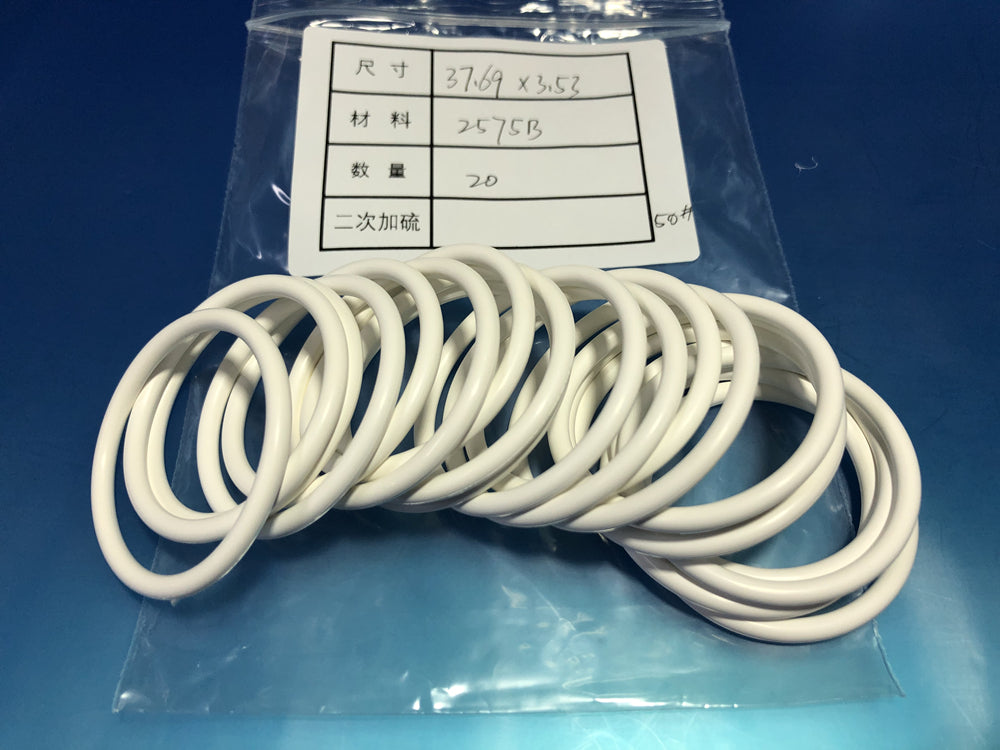Introduction: Fluoroelastomer seals play a critical role in various industries, providing exceptional chemical resistance and high-temperature performance. However, the production process of fluoroelastomer seals can present challenges that require careful consideration and effective solutions. This article aims to explore some common difficulties encountered in the manufacturing process of fluoroelastomer seals and provide practical solutions to overcome them.
-
Material Selection: Challenge: Selecting the right fluoroelastomer material with the desired properties can be challenging due to the wide range of available options and their varying characteristics. Solution: Thoroughly understanding the application requirements and consulting with material suppliers can help in selecting the most suitable fluoroelastomer material. Factors such as chemical compatibility, temperature range, and physical properties should be carefully evaluated.
-
Mixing and Compounding: Challenge: Achieving consistent material mixing and compounding is crucial to ensure uniform properties throughout the seals. Solution: Implementing precise weighing and measuring systems, along with rigorous quality control measures, can help maintain accurate material ratios and minimize batch-to-batch variations. Utilizing specialized mixing equipment designed for fluoroelastomer compounds can also improve the homogeneity of the material.
-
Molding and Vulcanization: Challenge: Proper molding and vulcanization are essential to achieve dimensionally accurate and defect-free fluoroelastomer seals. Solution: Employing advanced molding techniques such as compression, transfer, or injection molding, depending on the complexity of the seal design, can help ensure consistent part quality. Optimizing vulcanization parameters, including temperature, time, and pressure, based on the specific fluoroelastomer compound, is crucial for achieving desired physical properties.
-
Surface Finish and Coating: Challenge: Obtaining the desired surface finish and applying coatings can be challenging due to the inherent non-stick properties of fluoroelastomers. Solution: Implementing surface preparation techniques like etching or priming can enhance adhesion properties and promote the effective bonding of coatings. Utilizing specialized coating methods such as spray or dip coating, compatible with fluoroelastomers, can ensure uniform coverage and enhance seal performance.
-
Quality Assurance: Challenge: Maintaining consistent quality and performance of fluoroelastomer seals throughout the production process can be demanding. Solution: Establishing a robust quality management system, including stringent inspection and testing protocols, can help identify any deviations from the desired specifications. Continuous process monitoring, statistical analysis, and feedback loops contribute to process improvement and product consistency.
Conclusion: The production of fluoroelastomer seals presents several challenges that require attention and effective solutions. By addressing material selection, mixing and compounding, molding and vulcanization, surface finish and coating, and implementing a comprehensive quality assurance system, manufacturers can overcome these challenges and ensure the production of high-quality fluoroelastomer seals. By continuously improving processes and embracing technological advancements, the industry can meet the increasing demands for reliable and durable fluoroelastomer seal solutions.

